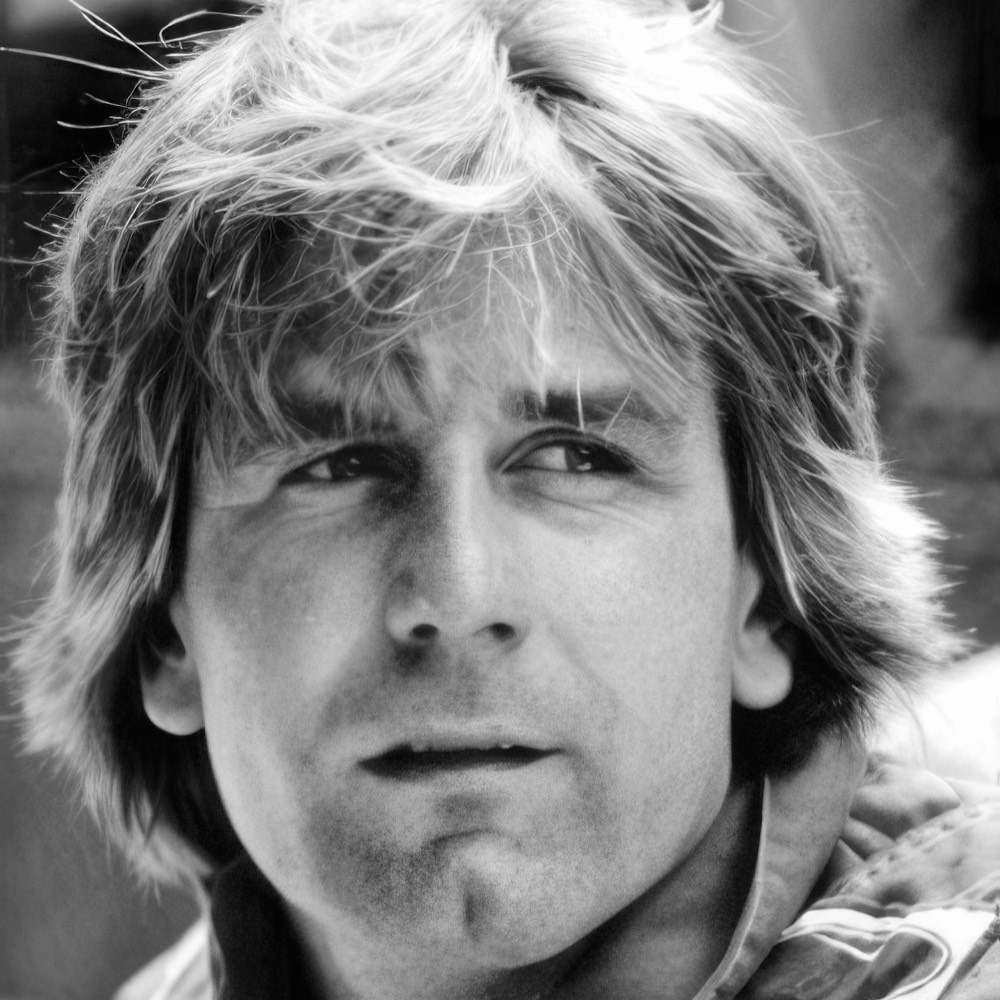
Manfred Winkelhock
Career Statistics
Biography
Manfred Winkelhock (6 October 1951 - 12 August 1985): German racing driver from Waiblingen who participated in 56 Formula One World Championship Grands Prix (with 47 starts) from 1980 to 1985, driving for Arrows, ATS, Brabham, and RAM Racing. He scored two World Championship points with a best finish of fifth at the 1982 Brazilian Grand Prix. Winkelhock was killed during the 1985 Budweiser 1000km World Endurance Championship event at Mosport Park in Canada when his Porsche 962C crashed heavily at the fearsome Turn 2, dying from his injuries the following day. Born in Waiblingen near Stuttgart into a motorsport family, Winkelhock was the older brother of Joachim Winkelhock, who also competed in Formula One and sports car racing.
Manfred began his racing career in the mid-1970s, progressing through German Formula Ford and Formula Three before moving to Formula Two. His F2 performances earned attention from Formula One teams looking for young German talent. Winkelhock made his Formula One debut with Arrows at the 1980 Canadian Grand Prix, but his early career was characterized by frequent failures to qualify and mechanical retirements when he did make the grid. His breakthrough came when he joined ATS in 1982 as the German team secured BMW as their engine supplier.
At the 1982 Brazilian Grand Prix at Interlagos, Winkelhock drove brilliantly to finish fifth, scoring two World Championship points—his only points in Formula One. The result demonstrated his abilities when provided with competitive machinery. Throughout 1983 and 1984, Winkelhock continued with ATS as they used BMW turbocharged engines. He qualified well on several occasions, particularly in 1983 when the BMW turbo's raw power gave him strong grid positions.
However, the ATS cars were rarely reliable, resulting in numerous accidents and mechanical failures. His best results in 1984 came with eighth place finishes at Montreal and Dallas, but these were outside the points. Winkelhock's third and final season with ATS in 1984 again yielded zero points and nine DNFs, reflecting the team's ongoing struggles. For 1985, Winkelhock joined RAM Racing, a small British team running Ford Cosworth engines and struggling at the back of the grid.
RAM was sponsored by Skoal Bandit, an American tobacco brand, giving the cars a distinctive green livery. The season was difficult, with Winkelhock frequently failing to pre-qualify or qualify for races. The introduction of pre-qualifying—a two-stage elimination system for the slowest teams—meant drivers like Winkelhock faced elimination before even reaching qualifying. Beyond Formula One, Winkelhock competed extensively in sports car racing, particularly with Porsche.
For the 1985 season, he raced a Porsche 962C for the Kremer Racing team in the World Endurance Championship, partnered with Marc Surer. The Porsche 962C was one of the dominant sports cars of the era, and Winkelhock showed strong pace in endurance racing. On Sunday, 11 August 1985, Winkelhock was competing in the Budweiser 1000km at Mosport Park near Toronto, Canada. Mosport was known for its challenging, fast corners, particularly the fearsome Turn 2—a downhill, off-camber corner taken at very high speed with limited run-off area.
During the race, Winkelhock's Porsche 962C lost control approaching Turn 2. The exact cause remains unclear—whether mechanical failure, tire failure, or driver error—but the result was catastrophic. The Porsche crashed heavily, and Winkelhock suffered critical injuries. He was transported to Sunnybrook Medical Center in Toronto, where doctors fought to save his life. Despite their efforts, Winkelhock succumbed to his injuries on 12 August 1985, the day after the accident.
He was just 33 years old. Winkelhock's death shocked the motorsport community. He was an experienced professional at the height of his career, driving for one of the sport's most successful teams in one of its safest cars, yet he still died. The accident highlighted that even with improved safety standards, motorsport remained fundamentally dangerous. At the time of his death, Winkelhock was still contracted to RAM Racing in Formula One, though the team's ongoing struggles meant his future in the sport was uncertain.
His death left RAM scrambling to find a replacement driver for the remainder of the season. Winkelhock's younger brother Joachim continued racing, eventually competing in Formula One for AGS and Brabham in 1989 and enjoying a successful sports car career. Joachim never forgot his brother's death and dedicated many of his later racing successes to Manfred's memory. Manfred's nephew Markus Winkelhock also became a racing driver, making a single Formula One start for Spyker in 2007.
Known for his determination, ability to qualify well when given powerful engines, struggles with unreliable machinery, and extensive sports car racing career, Manfred Winkelhock represents the journeyman Formula One drivers of the 1980s who competed year after year despite limited success, driven by passion for racing rather than realistic championship prospects. His death at Mosport remains a tragedy, cutting short a life dedicated to motorsport.